My other rugs... SEE MY GALLERY
Important note: Due to telephone advertising harassment, please leave a message to confirm that your call comes from PROANTIC. Thank you for your understanding.History:Yamouth or Yomuts rug from Central Asia, 1900sThis rug, dating from the 1960s and in very good condition, comes from the Yomut tribe of Central Asia. It has a characteristic "Gul" motif in its interior field.The term "Gul" is subject to various etymological interpretations. Some see it as a transliteration of a Persian word meaning "flower", while others link it to a Turkish word meaning "clan". In practice, a gul refers to the polychrome ornaments repeated regularly across the entire field of the rug.Origin and characteristics of Yomut rugsThe Yomut tribe lived near the Aral Sea. Their rugs, although slightly less densely knotted than those of the Teke, are highly prized for their elaborate decorative patterns and visual harmony. Unlike the classic octagonal guls, the Yomut gul often adopts a highly sophisticated diamond shape. The upper and lower borders of these rugs frequently feature rows of small stylized figures, leaving room for various artistic interpretations. At first glance, the rugs of Turkmenistan appear similar. Yet, subtle, sometimes imperceptible, differences distinguish them. The influence of abstract art on Western observers has allowed a greater appreciation of these discreet variations. The decoration of these rugs is based on a controlled repetition of geometric motifs, of which the gul is the tribal emblem. The Yomuts or Yamouths: Nomadic Tribes of Central Asia Also called Yomuds or Yamouds, the Yomuts were nomadic or semi-nomadic tribes established in Turkmenistan and northeastern Iran. Their textile heritage is a testament to their rich culture and unique craftsmanship. This version is clearer, more harmonious and coherent while remaining faithful to the original content.



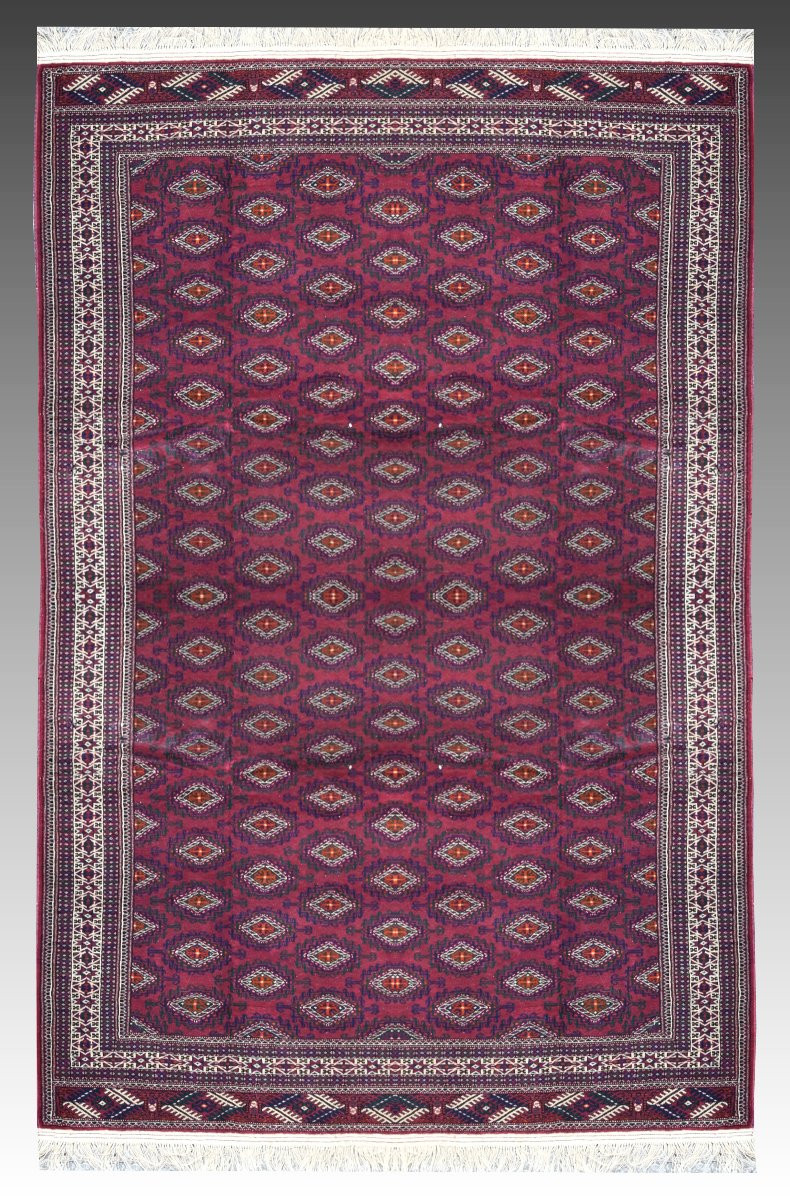
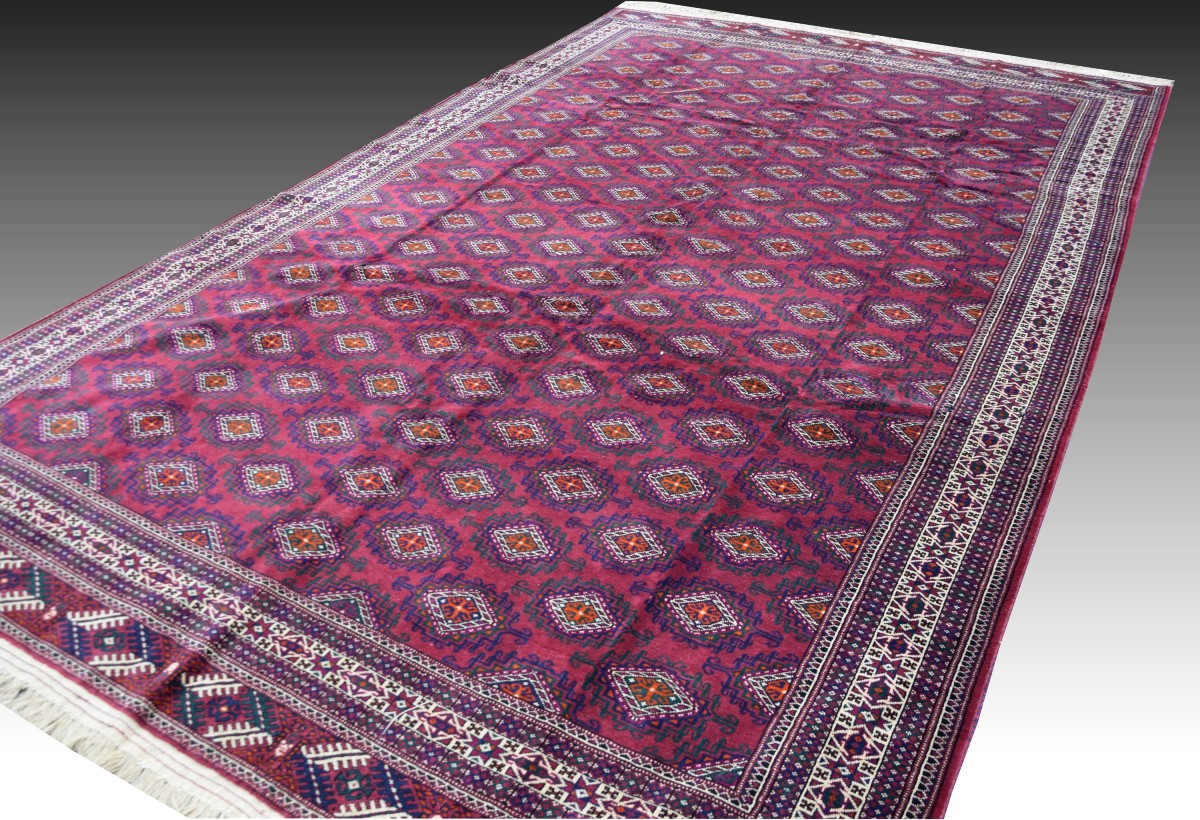



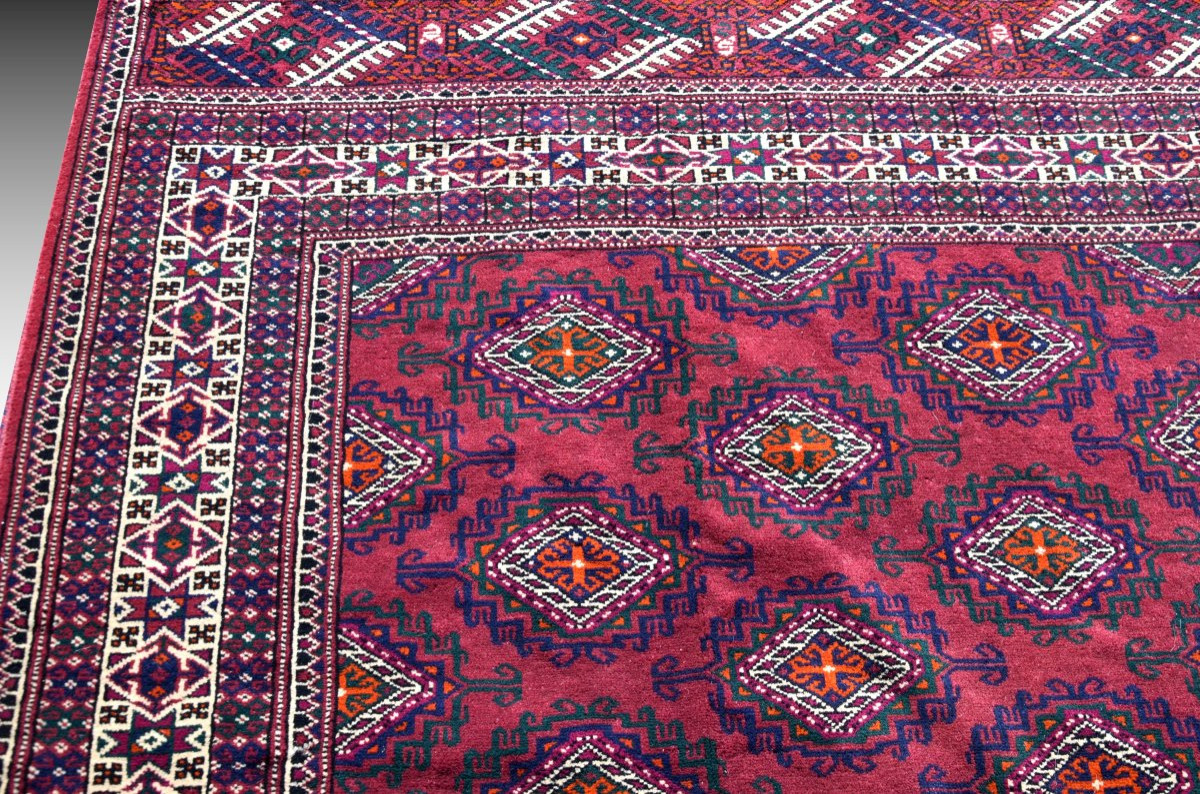


















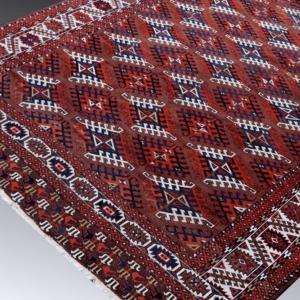

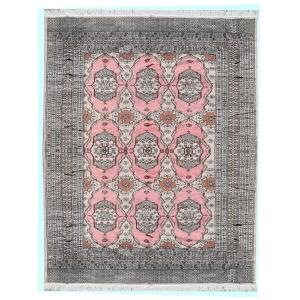
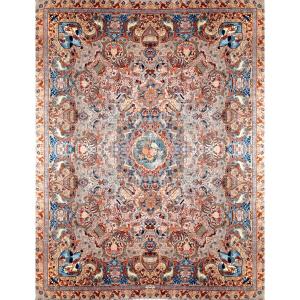
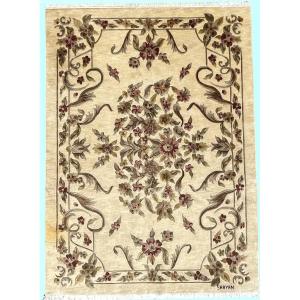

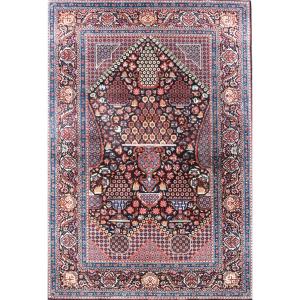
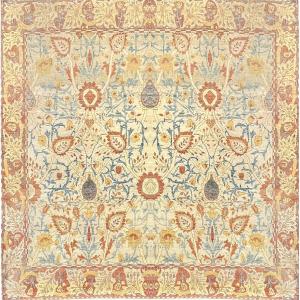


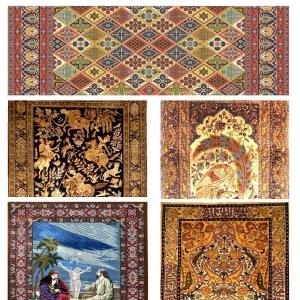
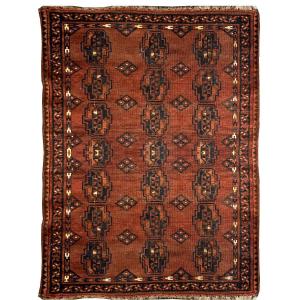
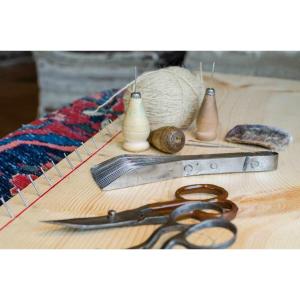

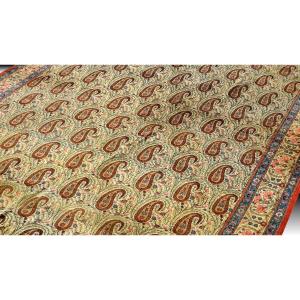
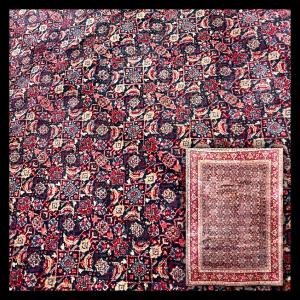
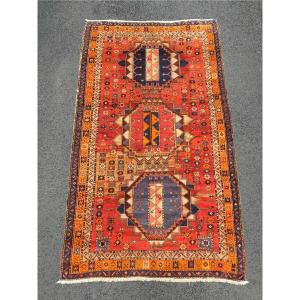
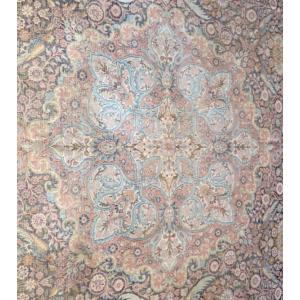





 Le Magazine de PROANTIC
Le Magazine de PROANTIC TRÉSORS Magazine
TRÉSORS Magazine Rivista Artiquariato
Rivista Artiquariato